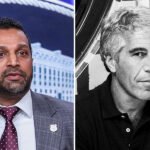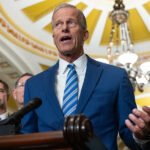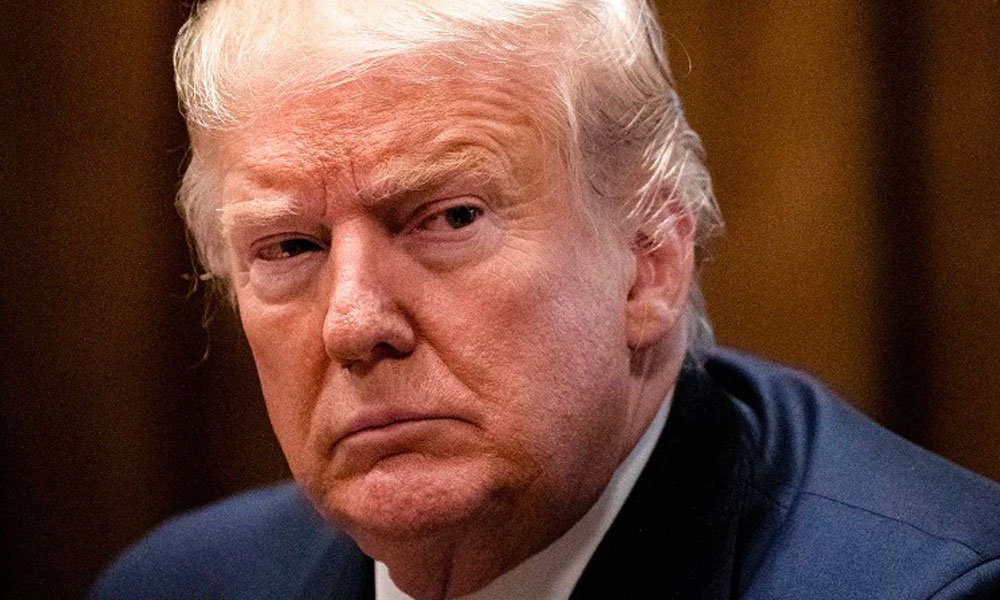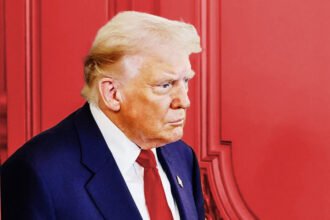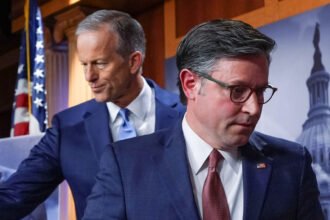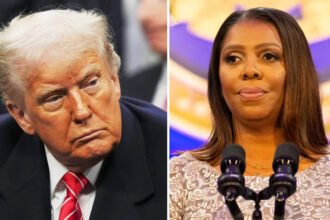Former U.S. Attorney Joyce Vance said Tuesday that the Dec. 16, 2020 draft executive order prepared for Donald Trump to use the military to seize voting machines provides clear clues for the House Select Committee to Investigate the Jan. 6 Attack on the U.S. Capitol, calling the document a key piece of evidence that warrants prosecution of those involved in the plot.
In an Op-Ed published by MSNBC, Vance wrote: “We don’t yet know the full story behind the EO. We don’t know who was involved in writing it (although some pundits have opined that the use of the word “she” describing plans for a special counsel suggests that now-disgraced Trump lawyer Sidney Powell was involved) and whether it received serious consideration. Trump never signed it, despite other dogged efforts to try to recapture a lost election.”
“Were there residual guardrails that held? People who pointed out that the order was unconstitutional and an affront to democracy?” Vance asked. “These questions highlight the importance of the Jan. 6 committee’s work>”
Vance pointed out several red flags that draw attention to Trump’s former acting Pentagon chief Christopher C. Miller and other Trump loyalists.
“Acting Defense Secretary Christopher C. Miller, a former special forces member, worked as a special assistant to Trump and in various other capacities before he was appointed to serve at the Pentagon on Nov. 7, 2020, four days after the election. Trump had already lost. What reason could there be to replace a secretary of defense so late in the game?” she asked.
“But Miller wasn’t the only red flag, Vance noted. “Trump installed another loyalist, Kash Patel, as Pentagon chief of staff after the election. Patel was put in charge of running the Defense Department’s transition just two weeks after he assumed his new role. According to an NBC News source at the Pentagon, Patel ‘told everybody we’re not going to cooperate with the transition team.’ Three other people, characterized in news reports as Trump loyalists, also took over important posts at the Pentagon, handling policy, intelligence and security — again after the election,” the former federal prosecutor explained.
Vance then made the case that the Executive Order is enough evidence to prosecute.
“The EO suggests that a group of people was hard at work on plans to use the Pentagon to disrupt the peaceful transfer of power. It took high-level insight to craft those plans and potentially put people in place to implement them. If evidence confirms a conspiracy, those involved, however high up, merit prosecution,” Vance wrote. “The truth cannot stay covered up.”




